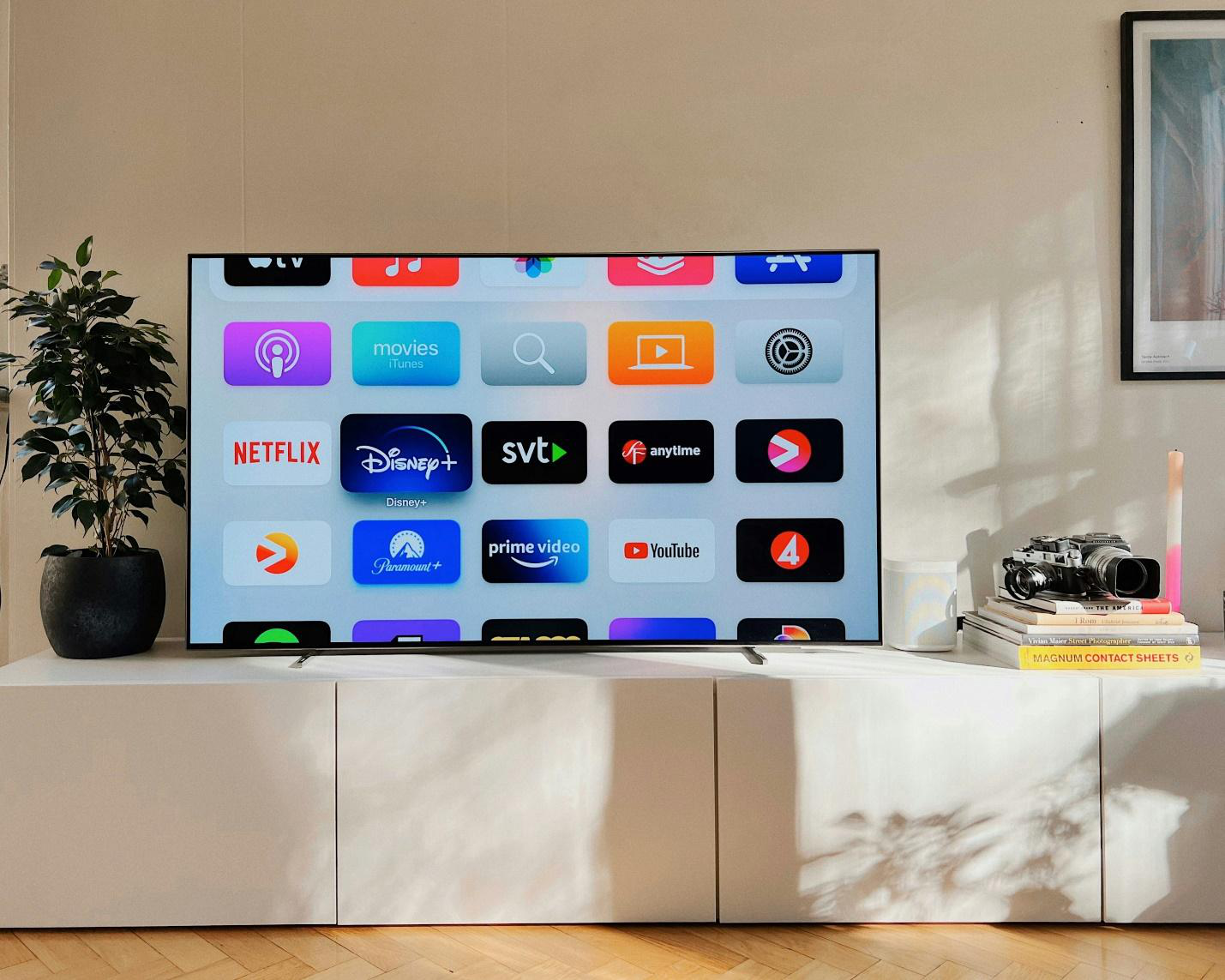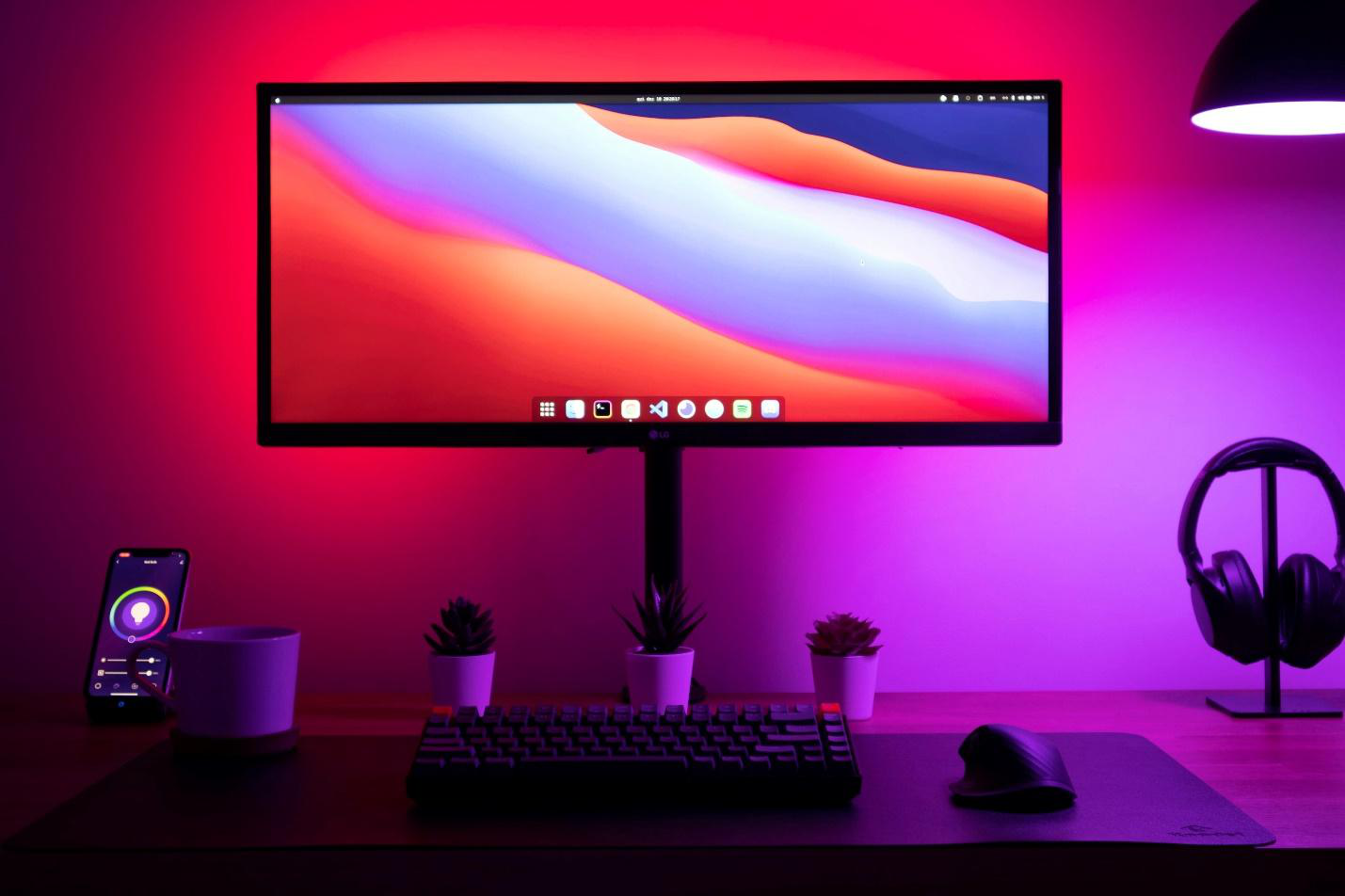Parents trust Apple’s Screen Time feature to set boundaries on their children’s device usage, whether it’s limiting app time or preventing access to specific content. However, kids have found increasingly clever ways to bypass these restrictions, leaving many parents frustrated and concerned.
While Apple continues to improve its parental controls, children often stay one step ahead by discovering loopholes that allow them to access content and apps freely.
Understanding how kids are getting around Apple’s screen time and learning how to reinforce these digital boundaries can help parents regain control over their children’s screen usage.
How Kids Are Bypassing Screen Time Controls
Changing Time Zones
Apple’s screen time relies heavily on accurate time-tracking to enforce limits. Kids have discovered that by changing the device’s time zone manually, they can extend their app usage beyond the allotted time.
Reinstalling Apps
Children often uninstall apps that have reached their usage limit and then reinstall them through the App Store to bypass the time restrictions. This sneaky trick works because Apple’s screen time doesn’t always remember the previously set limits for a freshly installed app. The app is treated as new, allowing kids to start from scratch with a fresh timer.
Using iMessage or Facetime
Many parents limit social media or entertainment apps without realizing that kids can still use iMessage and FaceTime to communicate with friends or even play games embedded in conversations.
These apps often slip through the cracks because they are classified as essential communication tools rather than recreational ones, giving kids loopholes to stay online longer without triggering their screen time limits.
Using Shared Devices
Some children have figured out that screen time settings only apply to their devices. If they have access to a shared iPad or a parent’s phone, they can bypass limits set on their devices and continue to access apps, games, and other content. Shared devices often don’t have the same rigorous controls, making it easier for kids to get around restrictions.

Tips for Reinforcing Digital Boundaries
While kids are becoming more tech-savvy, there are steps parents can take to better enforce screen time restrictions and digital boundaries.
1. Enable Downtime and Block Changes
Downtime is a powerful feature within screen time that locks the entire device during certain hours, limiting access to essential apps like phone calls or messages. Make sure you set Downtime to block all non-essential apps during periods when you want your child offline, such as during homework or bedtime.
Additionally, Apple’s Screen Time has a “Block Changes” option that prevents kids from modifying settings like time zones or account details. This helps prevent one of the most common bypass tactics, such as changing time zones or reinstalling apps.
2. Create Separate Accounts for Shared Devices
For families that share devices, ensure each child has their own account with personalized Screen Time settings. This ensures that restrictions are applied across all devices and prevents children from using a parent’s account to access blocked apps. Family Sharing on Apple devices makes this easier by linking each child’s account to parental oversight.
3. Use Content and Privacy Restrictions
Beyond time limits, you can use Apple’s content and privacy restrictions to block or limit access to specific websites, applications, and features. For example, blocking the ability to download apps altogether can prevent kids from reinstalling previously deleted apps to bypass limits. Privacy settings can also control location sharing, app permissions, and more, adding an extra layer of security.
4. Explore Third-Party Monitoring Tools
Apple’s built-in screen time is helpful, but some third-party parental control apps offer more robust options for monitoring and enforcing digital boundaries. Apps like Qustodio, Net Nanny, and Bark can provide advanced features, including real-time alerts, detailed activity reports, and better control over specific app usage. These tools can serve as an additional layer of monitoring beyond Apple’s default settings.
While Apple continues to improve its features, children’s ability to work around these controls requires active monitoring and proactive steps to set digital boundaries. Stay tuned with AI Report Central for the latest tips, tricks, and latest technology updates on fostering a healthier relationship with technology.



















